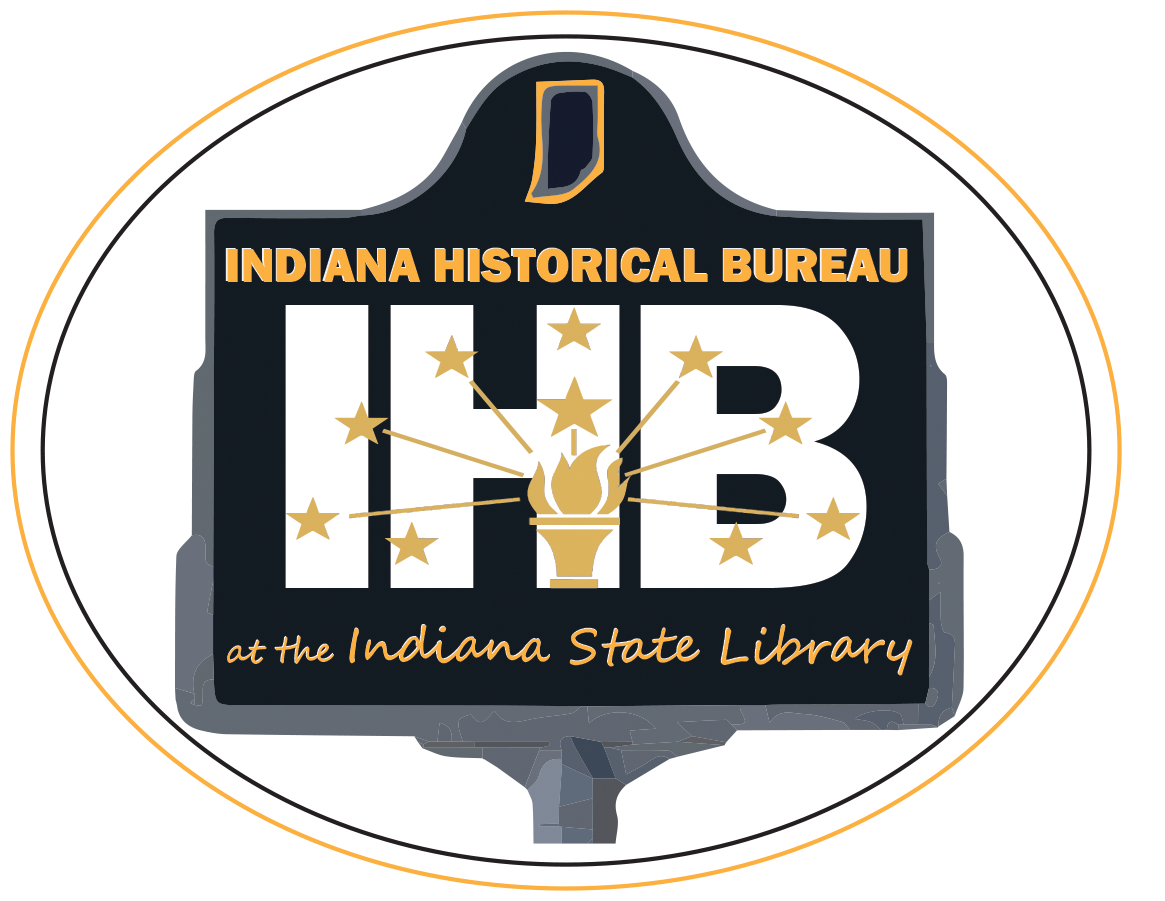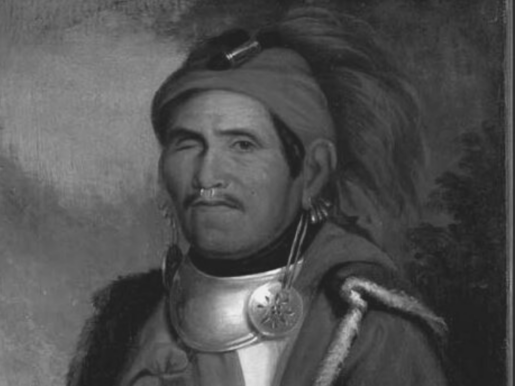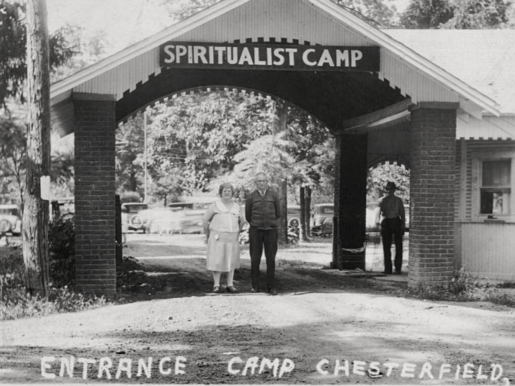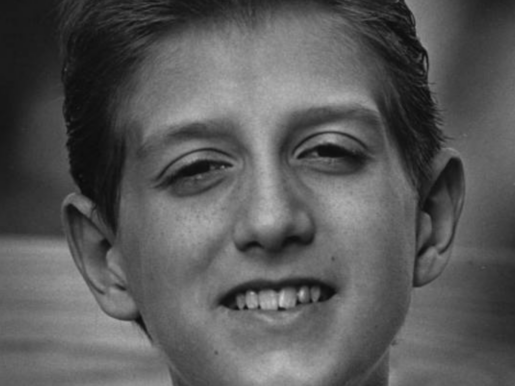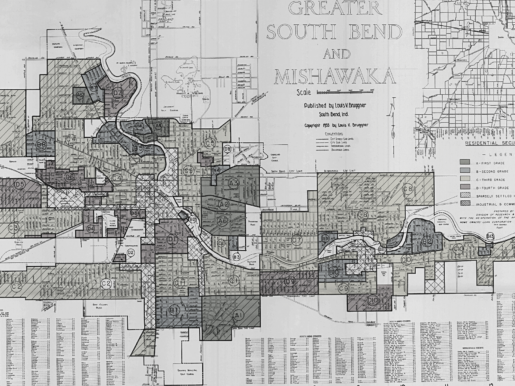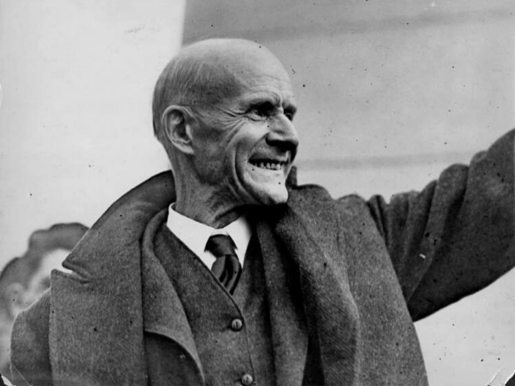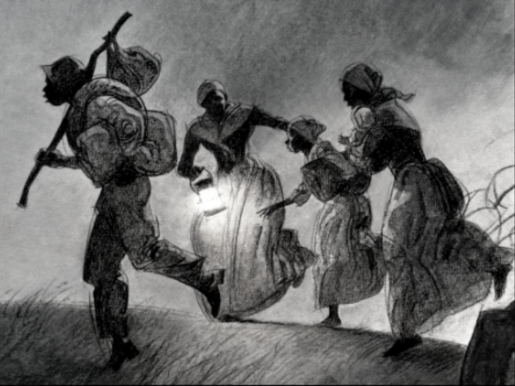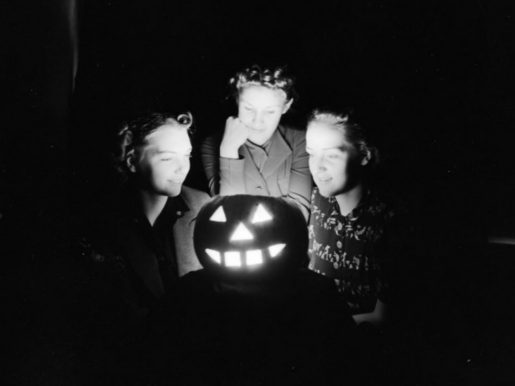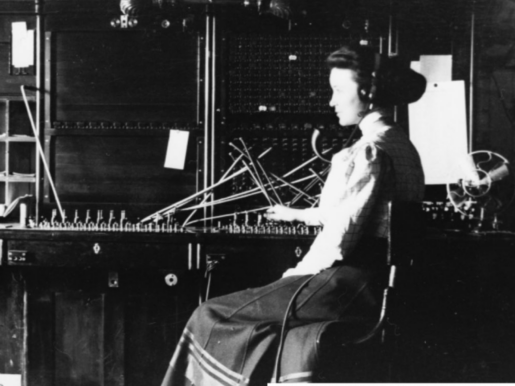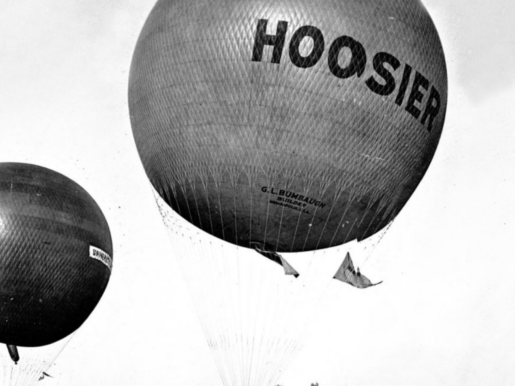Tenskwatawa: The Making of a Prophet
Shawnee political and religious leader Tenskwatawa, or The Prophet, rose from relative obscurity to become one of the most powerful figures of his time. In this episode, we explore how a series of visions guided The Prophet to attempt to change the course of history.
Spiritualism: Beyond the Spectacle
Modern American Spiritualism was introduced to Indiana soon after its formation in the 1840s. While the religion is often cast as a queer footnote of history, to be exploited during the Halloween season but largely ignored the rest of the year, Spiritualism has a rich and complex history in the Hoosier state.
Overcoming Stigma: Ryan White’s AIDS Education Advocacy
Indiana teenager Ryan White was diagnosed with AIDS at 13 years of age after contracting the fatal disease from a contaminated hemophilia treatment. Rather than despair, Ryan fought for his right to attend school and became a national AIDS education advocate. In this episode of Talking Hooiser History, we tell the story of Ryan White, and how one Indiana community used education to combat the widespread fear and misunderstanding surrounding AIDS in the 1980s.
From Redlining to Better Homes: The Better Homes of South Bend Housing Cooperative
In 1952, 22 families in South Bend, Indiana came together to combat the racist exclusionary practices that were widespread in American cities throughout the 20th century. In this episode, we examine the institutions and policies that led to those exclusionary practices and follow those families who defied them.
Blue Skies, Pink Slips: The Cold War in Indiana
In the late 19th and early 20th centuries, people lived a lot more closely with death than we do today. Mortality rates were much higher. Wakes were held in the family home. And relics of the dead, such as death photographs and hair jewelry, were kept as prize possessions after the wake had ended. Perhaps it’s not surprising then, that from this time came a wealth of ghost stories, often related in the pages of newspapers. In this episode, we’ll share just a few of these ghastly tales from the pages of Indiana History.
Debs’ Campaign for Socialism
In the late 19th and early 20th centuries, people lived a lot more closely with death than we do today. Mortality rates were much higher. Wakes were held in the family home. And relics of the dead, such as death photographs and hair jewelry, were kept as prize possessions after the wake had ended. Perhaps it’s not surprising then, that from this time came a wealth of ghost stories, often related in the pages of newspapers. In this episode, we’ll share just a few of these ghastly tales from the pages of Indiana History.
The Rhodes Family Incident
In the late 19th and early 20th centuries, people lived a lot more closely with death than we do today. Mortality rates were much higher. Wakes were held in the family home. And relics of the dead, such as death photographs and hair jewelry, were kept as prize possessions after the wake had ended. Perhaps it’s not surprising then, that from this time came a wealth of ghost stories, often related in the pages of newspapers. In this episode, we’ll share just a few of these ghastly tales from the pages of Indiana History.
Haunted Hoosier History 2018
In the late 19th and early 20th centuries, people lived a lot more closely with death than we do today. Mortality rates were much higher. Wakes were held in the family home. And relics of the dead, such as death photographs and hair jewelry, were kept as prize possessions after the wake had ended. Perhaps it’s not surprising then, that from this time came a wealth of ghost stories, often related in the pages of newspapers. In this episode, we’ll share just a few of these ghastly tales from the pages of Indiana History.
“Hello Girls” Fight Back
On Thursday, April 24, 1919, 13 women took off their headsets and staged a walk out at the New Home Telephone Company in Linton, Greene County, Indiana. Five days later, a battle broke out between the people of Linton and the Indiana militia. On this episode of Talking Hoosier History, we explore the harsh working conditions that drove these women to strike and the course of events that led to the whole area around Linton being put under Martial Law.
Hoosier: A Brief Overview
What is a Hoosier? People have been asking just that question for nearly two centuries, but have we ever really figured it out? On this episode of Talking Hoosier History, we explore some of the various and sometimes outlandish explanations of the origin of the most famous demonym in America.
